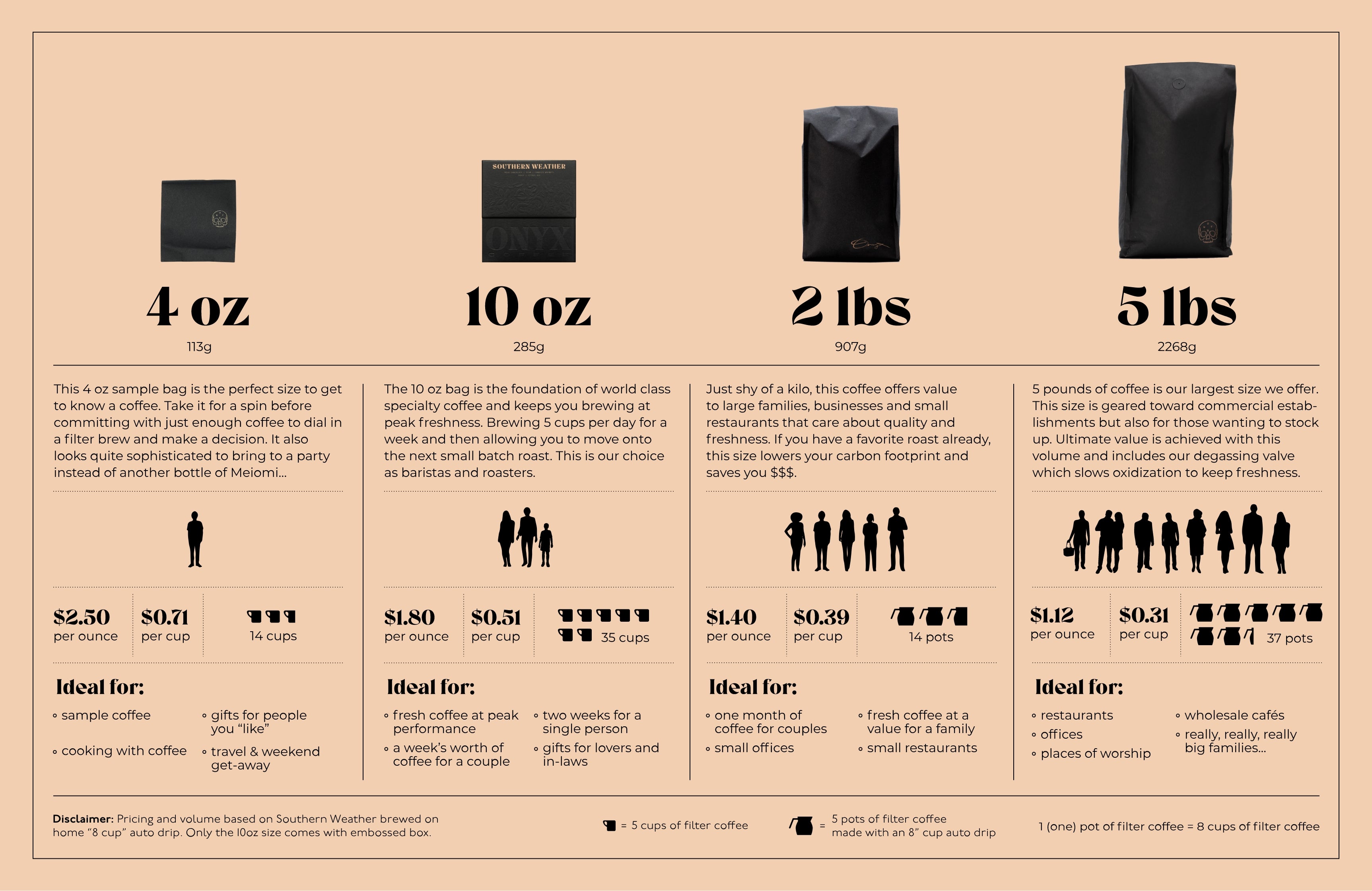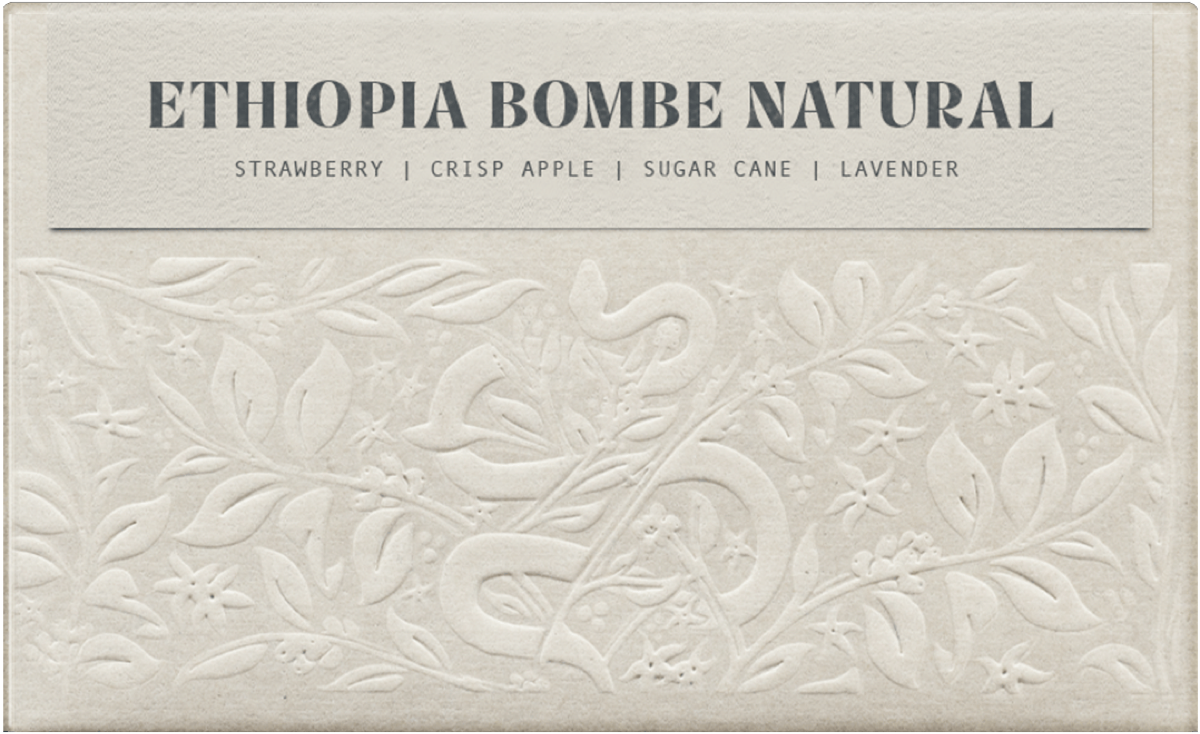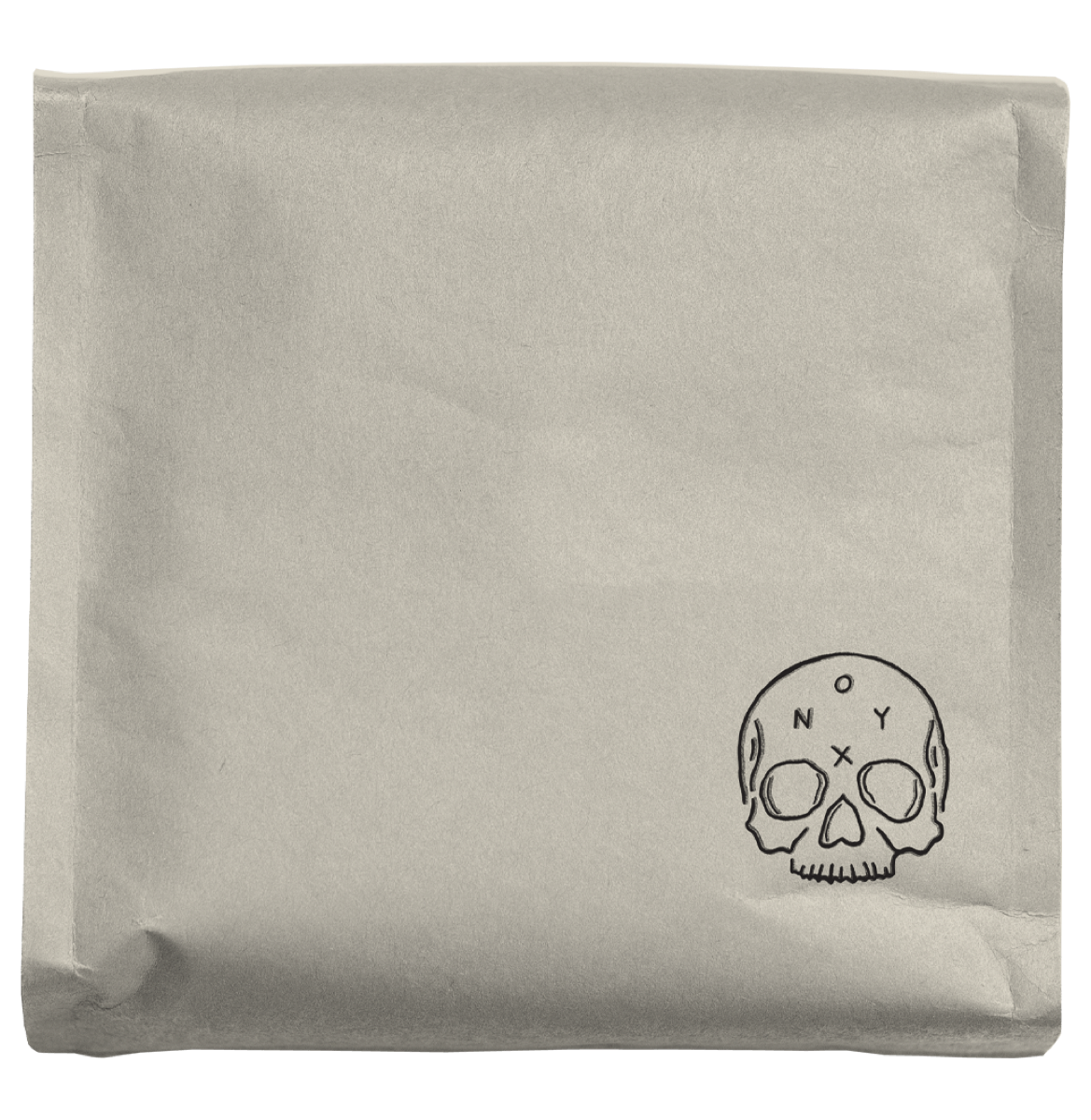Story
BOMBE RELATIONSHIP
The producers of Bombe live high in the lush and lovely Bombe mountain valley. They are part of a member organization consisting of 667 producers in various parts of the mountain range, which also include producers from Bombe and Shantawene. We’ve worked with this group since before it was officially founded (more on that below). The last two years, these producers chose to process their coffees through the Bombe Washing Station to our specifications. Like the other coffees from this site, the Bombe coffees are always standouts on our cupping tables. It is dense coffee, with heavy concentrations of the smaller screen sizes (the majority of the coffee screen sizes at 14 and 15), just a touch larger than the average screen sizes found in the Shantawene and Keramo lots, which also reflects a slightly larger concentration of the Mikicho variety than the other coffees have. Mikicho is easily identified by its larger cherries with wavy leaves, the seeds appearing elongated and canoe-shaped. No doubt, this is a distant relative to the Gesha variety, and the prominent cup characteristics that standout in all Bombe lots are lush, tropical fruit tones and delicate florals. Prior to the 2017/18 harvest, this producing group delivered coffee cherries to a different washing station nearby, called Shantawene washing station, where we first encountered the coffees and purchased the mas mixed lots. Up until the 2017/2018 harvest, all coffees from Bombe, Keramo and Shantawene villages were processed together and sold under the name of Shantawene. We were noticing different cup dynamics from the cherries that came from different areas, and eventually began to isolate coffees by village. This led to the move to Bombe site washing station and getting even more isolation in the lots. For the past couple seasons, all producers we work with from Bombe, Keramo and Shantawene all deliver cherries to the more centralized Bombe site Abore Washing Station.
SCREEN SIZE
We have been purchasing screen size separations from Catalyst since they began. Since coffee is an organic product, the seeds of the cherries tend to have a pretty wide variance in size (and shape) and a natural part of coffee production is separating coffee into screen sizes. Mills will separate the coffee to a size 15/16 screen for exporting, and others are either sold as a different grade, or sold off for consumption outside of the specialty market. It is common practice to separate and market screen sizes as grades, rather than only by size. Alongside Catalyst’s other strict quality standards and practices, we see screen separations nearly as separate coffees; these separations will have a wholly different taste profile.
Screen Size Isolation by Catalyst Coffee:
“Though it is very common in other countries, we don’t know anyone else in Ethiopia who isolates screen sizes. To do so, we must be very careful or we will lose an enormous amount of coffee. Zele works with the export warehouse staff to calibrate the flow of coffee and ensure each size is clearly separate. The decision of whether or not to isolate screen sizes is also quite labor intensive: we hand-screen- sort and then cup each screen size several times to determine the difference qualities and characteristics. In general, smaller screen sizes tend to be more floral and herbal, while larger screen sizes tend to be more fruit heavy and juicy.”
-Catalyst Coffee
NATURAL PROCESSED COFFEES
Naturals are beautiful… Okay, natural coffees are beautiful when done properly and are pretty much the worst thing ever when not. Natural processing or dry processing refers to the act of drying and fermenting coffee inside the cherry. This means the coffee cherries are picked from the tree and placed on drying beds or on the ground in some cases. They are dried in the sun until they have 12% moisture content or so and then are hulled to remove the dry husk of the fruit. “Naturally,” they exhibit fruit-forward characteristics and have a good chance of tasting “fermenty,” which is usually a taboo in Specialty Coffee. However, with advanced technique in picking and drying, high-quality naturals are being produced, and the cup quality and taste profiles are astoundingly good. We have long promoted alternative processing methods, and naturals are at the top of that list. This coffee is one of those reasons we do.
Here’s what Catalyst Coffee says about the naturals at the Abore site:
“For naturals at Abore site, the floated cherries are taken to mesh screens to drain excess moisture for a quick 2 to 4 hour cycle. They are then moved to the mesh drying tables, where the target depth is just 1 cherry. It is very difficult and risky to properly dry coffee in full fruit, as it is easily susceptible to over fermentation and mold development. For this reason, high quality naturals require very rigorous turning and hand sorting. Under the shaded mesh, the drying cycle is about 20-22 days.
At the Abore/Bombe site, every drying bed [consists] of a very high quality mesh for excellent airflow. Above the beds are a canopy of shaded mesh of the same materials as the drying tables. With Asefa, we experimented with just a few shaded drying beds in 2017/18, and were so impressed with the results that we worked together to make this possible for the entire site. We find enhanced sweetness in the cup with refined perfume-y florals and clear fruit juices, when compared to full sun exposed coffees.”




